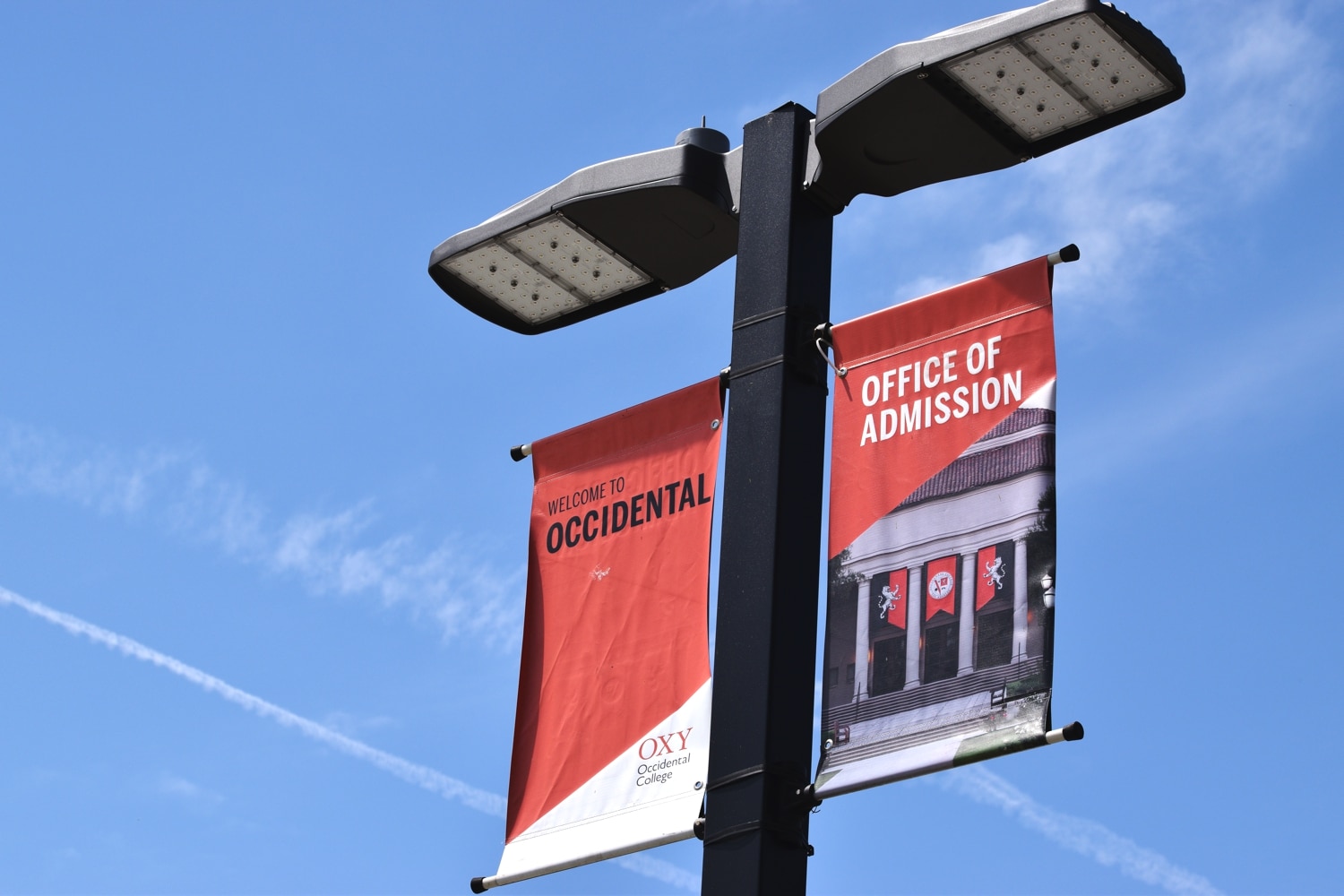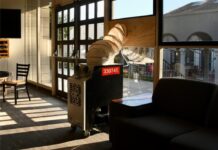Walk into The Tiger Cooler and attempt to eat a wasteless meal. The task is nearly impossible.
The modern Cooler building was constructed in 1997 with efficiency and planned obsolescence etched into the master plan. The building and operations have remained virtually the same ever since, but student consumption consciousness and dietary habits have evolved. Environmental awareness is at the forefront of people’s minds and the vegetarian, vegan and gluten-free revolutions are upon us. Unfortunately, The Cooler does not have the structural capacity to keep up with the times. Students’ dietary desires have grown beyond the capacity of The Cooler’s facilities.
The Tiger Cooler has come a long way from the snack shack under the Marketplace that it used to be. The “new” building, which was converted in 1997 from a student recreation room into a makeshift, small-scale dining space, has become a major space for students to grab a meal and late night munchies.
Last year approximately one out of every three Meal Plan dollars were spent at The Cooler, according to Campus Dining statistics. Similarly, about one-third of all food transactions occurred at The Cooler, totaling more than 300,000 card swipes last year. Despite these huge increases in patronage, The Cooler has not received a structural upgrade. The Cooler has been forced to turn to packaged food because of its outdated facilitates and students are forced to bare the burden.
Students often criticize the waste they are forced to produce at The Cooler, along with the perceived lack of nutritional options (the truth behind which is up for debate).
Associated Students of Occidental College Junior Class Senator and politics major Trace Larabee recently led a bracelet campaign aimed at getting students to be aware of their plastic consumption, asking students to make a week-long pledge to not use plastic products at the Marketplace.
“Everything in The Cooler is plastic,” Larabee said. “I would love to see a remodel be more ecologically-minded.”
Other students share this same sentiment.
“My biggest problem with The Cooler is the waste. Unfortunately, it fundamentally lacks the space to change,” Urban and Environmental Policy major Lauren Breynaert (sophomore) said.
The Marketplace has committed to conservation and ecologically sound practices. Breynaert, along with her colleague, undeclared major Dylan Bruce (sophomore), are the current interns for sustainability research for Campus Dining. While they have been part of major accomplishments in the Marketplace, problems with The Cooler are much more difficult to overcome.
“It’s hard to scale up sustainability without scaling up operational capacity,” Bruce said.
The Cooler has made strides forward, but only incrementally. Large condiment containers have been added to lessen the use of individual packets. A water refilling station was added to the outside of the building to reduce plastic water bottle waste. The plastic silverware and coffee cups are now compostable products. Deals with local producers are made whenever it is financially feasible.
Unfortunately, these well-intended projects do little to lessen the magnitude of the problem.
“We have picked the low hanging fruit, made all the small scale solutions, what we need to do now takes significant dollars and an institutional commitment. We are very sustainably minded, but at this point, our hands are tied in addressing the large scale issues,” Associate Vice President for Hospitality Services Amy Muñoz said.
The Cooler lacks adequate space for food preparation, dishwashing and refrigeration – the three main resources needed to combat food waste. The Cooler is so stretched for space that its “offices” are filled from floor to ceiling with supplies. Preparation and packaging of the grab-and-go fruits and veggies takes place on a small table outside every morning. Staff often refer to The Cooler as “The Submarine,” in reference to its comically constrained space.
“We now have a full-fledged dining facility in a space that was never intended for that function,” Tiger Cooler Manager Robert Starec said. “We have far outgrown our space.”
Expanding the space would take a commitment from administration and, more importantly, funding.
According to Muñoz, dining facilities should be remodeled about every 10 years. In order to make a remodel happen, a formal financial and architectural plan must be created, students and administration must vocally support the plan and then a funding source must be located (likely be from donors, grants or bonds). A schematic plan was created in 2004, but it went nowhere due to a lack of funding and support. Had that design been implemented, The Cooler would undoubtedly be better off and more adaptable today.
The 2004 design plan still sits on Muñoz’s desk. A new schematic design is in the works, but without the funds for implementation, it is just another good idea. Muñoz feels passionately about The Cooler renovation and hopes she can see it accomplished before her retirement.
“Like they say, the squeaky wheel gets the grease,” Starec said. “In terms of expanding, if we don’t have support from the powers that be, our words don’t mean anything.”
Everyone can agree that The Cooler is outdated. However, if students continue to accept the status quo, it will remain the same way indefinitely. The administration reacts to push from the student body. It is their job to make sure that Campus Dining meets the needs and concerns of students, therefore it is up to the student body to demand change.
As long as students continue to thoughtlessly consume wasteful items or silently dodge The Cooler altogether, nothing will be accomplished. Those working behind the scenes want to implement change but cannot do so without unanimous support to inspire funding. It is up to the student body to assume responsibility for the place where one-third of their food budget is spent.
“We’re trying to get to the forefront of people’s consciousness,” Muñoz said. “We need passionate individuals to be involved in advocating change, as well as a plan for the space that will encourage donors to fund a remodeling project. In doing so, we can move The Cooler from 1997 to 2020.”
The Cooler stands as an anachronism at Occidental; It is a ’90s makeshift dining facility on a 21st century campus. Students and administration must come together to make The Cooler a priority, which will undoubtedly benefit the student body, the campus environment and the planet.
Keegan McChesney is a sophomore politics and Urban and Environmental Policy double major. He can be reached at mcchesney@oxy.edu or on Twitter @WklyKMcChesney.
![]()


































